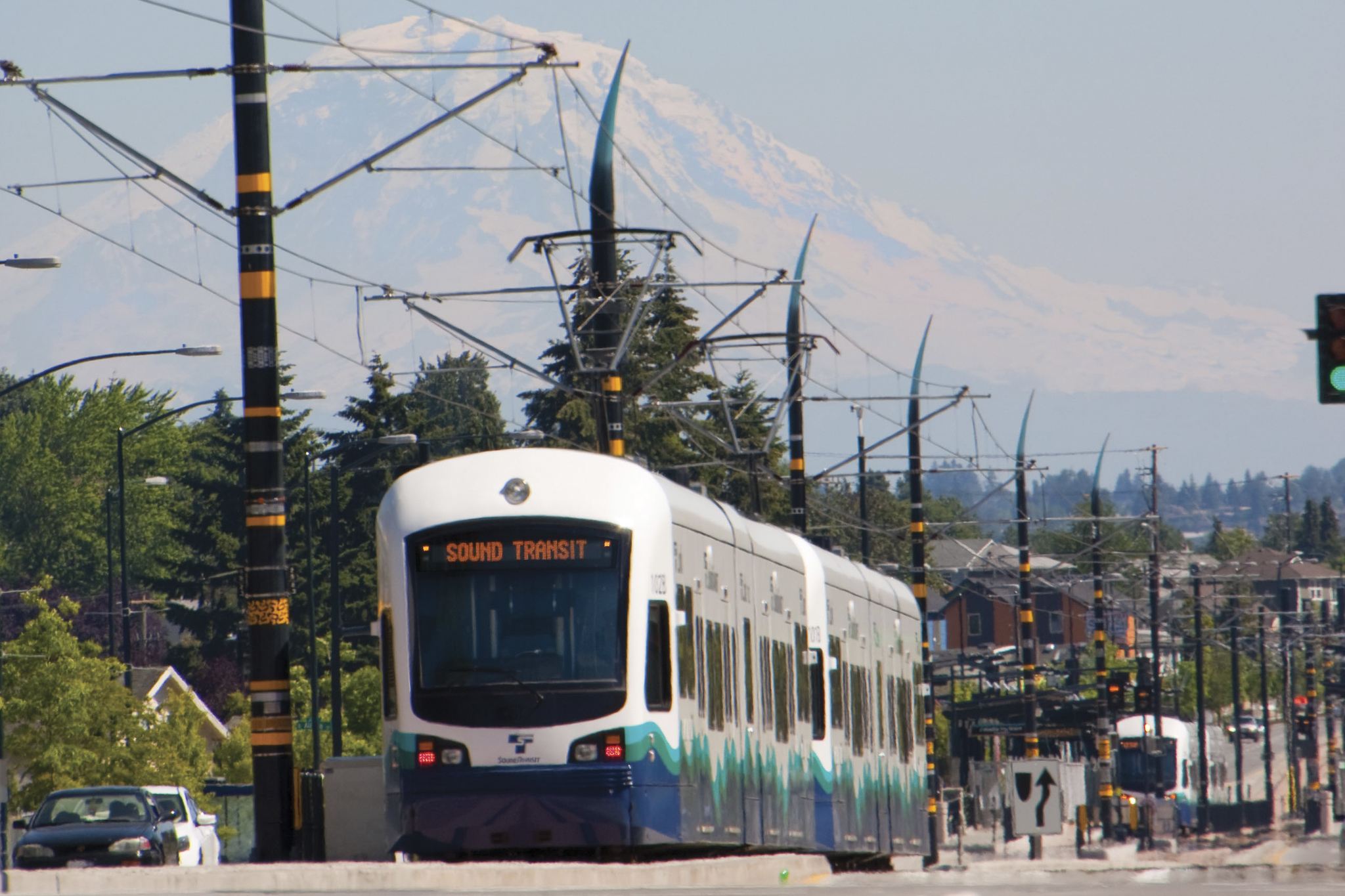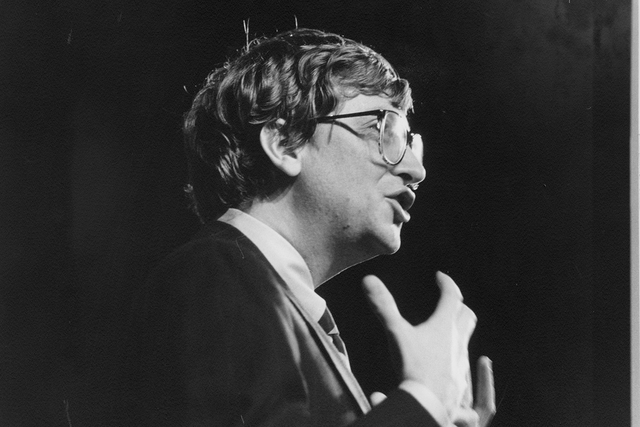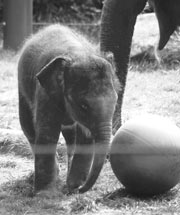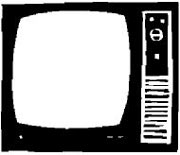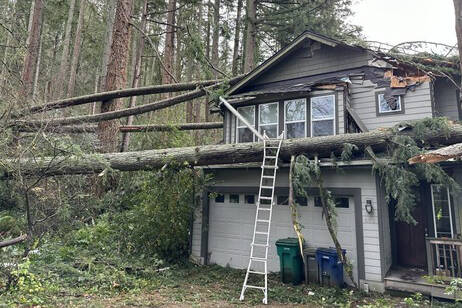LAST OCTOBER, the Port of Seattle tried to cozy up to enviros with a lavishly catered open house touting its green good works. But it might take more than bike paths and methane-powered vans to mend the ill will spawned by the Port’s plan to build a third runway at Seattle-Tacoma International Airport and the open-armed welcome to the increasingly controversial cruise industry. And now the Port’s police have come on like John Ashcroft, barring anti-pollution protesters from a new public cruise-ship terminal and raising ugly memories of the 1999 WTO Battle of Seattle.
Things went awry May 8 when Fred Felleman, who represents several national cruise watchdog groups, former (and probably future) Port Commission candidate Chris Cain, and attorney Paul Richmond met with the harbor cops and other interested parties. They described their plan for this Saturday, when the new cruise-ship terminal at Pier 30 sends off its first Alaska cruise: to hand out a “Cruise Ship Survival Kit” warning passengers of such ills as sewage dumping and the Norwalk virus. They say Port Police Capt. Robert Jensen, his aide, and representatives of U.S. Customs, Burlington Northern Santa Fe Railroad, and the firm that operates Pier 30 listened, but Jensen did most of the talking. (Jensen didn’t return calls requesting comment.) All three recount that Jensen said that a Web search had brought up Cain’s name in connection with the WTO protests, and to prevent a reprise, the Port wouldn’t let him and his fellow protesters near the terminal. Cain says he explained that he only helped organize a much tamer WTO anniversary commemoration in 2000, not the massive disruptions of a year earlier. “I didn’t understand what they were talking about,” Cain says. “I was never charged with anything. There were 50,000 people there. I’m sure if they did a search for ‘Pat Davis’ [the Port commissioner who brought the World Trade Organization to Seattle and whom Cain challenged on the 2001 ballot] and ‘WTO,’ they’d get plenty of hits.”
The Port’s counsel, Linda Strout, says she’s trying to work out some “accommodation” for protesters with Cruise Terminals of America (CTA), which leases Pier 30 from the Port. “The Port doesn’t have possession of the terminal and doesn’t have an unfettered right to grant access,” Strout says. CTA’s terminal manager, Jean Cox, says that protesters won’t be allowed on the grounds, but there’s “plenty of room for them on the sidewalk outside.” She refers further questions to a Port spokesperson.
SUCH EXCLUSION would “raise a lot of questions,” counters protest attorney Richmond. Is the leased terminal, owned by government and built with tax dollars, a public or private facility? The confusion over authority echoes watchdogs’ longtime complaints that the lines between public port and private business have blurred.
This is an unfortunate time for the Port to seem to be stonewalling on cruise-ship concerns. Just two weeks before the terminal’s opening, the most notorious local cruise mishap yet occurred four miles off Port Townsend, when the captain of the 2,400-passenger Norwegian Sun reported dumping 16,000 gallons of treated sewage and concentrated sewage sludge into the Strait of Juan de Fuca. Norwegian Cruise Lines spokesperson Susan Robinson blames the dumping on human error and, ironically, the switchover to a state-of-the-art waste-treatment system: An operator thought he was merely dumping “gray water” from washing. Robinson says the spilled effluent had been treated. But Coast Guard Lt. Jason Lehto says it was untreated, and the official state report of the captain’s call reporting the incident makes no mention of treatment, noting merely that “black water”raw sewagehad been released.
Norwegian Cruise Lines’ credibility, like that of other cruise operators, has suffered. Last July, Norwegian, the world’s fourth-largest cruise company, pleaded guilty to dumping waste oil in the Caribbean Sea and falsifying records to cover it up, and paid a $1 million fine. That was much less than the $18 million and $27 million that Carnival and Royal Caribbean Cruises, respectively, paid for similar crimes, but the feds let Norwegian off easy because it reported the violation itselfthough it did so only after learning that a whistle-blower was tooting to the Environmental Protection Agency. EPA agents reported that Norwegian also dumped raw sewage and hazardous chemicals, but it wasn’t prosecuted for those. It is still on probation under its 2002 guilty plea.
This month’s accidental discharge near Port Townsend pales next to that long record of deliberate dumping (when Norwegian was under different ownership). It’s also smaller than accidental and deliberate shoreline discharges by cities along the Strait of Juan de Fuca and Puget Sound. Every week, Victoria pumps millions of gallons of untreated sewage into the strait (deep underwater, however, in contrast to the surface spills ships leave). Last year, while installing improved storm-water separators, Bremerton spilled nearly 200,000 gallons of raw sewage into the vulnerable waters of Sinclair Inlet. And the state Department of Ecology reports that around the time the Norwegian Sun was dumping off Port Townsend, the city of Tacoma spilled 10 times as much raw sewage into the Hylebos Waterway.
But with scores of sailings yet to come, this spill is an ominous kickoff for another season at a port that’s rapidly becoming a cruise mecca. And as state watchdogs love to note, it shows how useless the fanciest treatment gear is if crews don’t understand it or bypass it to save money. “You have $500 million worth of equipment floating out there, and they can’t find the right pipe!” exclaims Seattle Port Commissioner Lawrence Malloy, vexed at what he calls “this Keystone Cops” operation. “We operate an airport as well, and that kind of behavior is unheard-of in the aviation industry. The culture’s very different. The airlines are 50 years old and have very high transparency. The maritime industry is 5,000 years old, and they won’t tell you how they do anything. What does that say about self-regulation?”
NEVERTHELESS, UNTIL the recent surge in attention, cruise lines, like other shippers, had been largely left to mind their own compliance. And the Port defers to the Coast Guard in regulating ships at sea. Local Coast Guard officials originally declared the Norwegian Sun spill perfectly legal, since it happened outside the three-mile limit within which dumping is forbidden. The Coast Guard has since backtrackedor, rather, tracked back and forth, and back again. They now say they’re investigating to see whether it really happened more than three miles out, and even if it did, who has jurisdiction out there. Washington state claims jurisdiction not only within three miles of shore but throughout the Strait of Juan de Fuca, up to the divide with Canada, and the feds have honored that claim in other contexts.
Several months ago, the Port of Seattle proudly proclaimed that, while it didn’t have authority to regulate the cruise biz, it had obtained voluntary agreements from two leading cruise lines, Princess and Holland America, to follow the stricter rules enforced in Alaska while in Washington waters. But Norwegian Cruise Lines didn’t sign on. All of this might not inspire confidence in the way cruise lines operate, and it’s just what the would-be protesters want to tell passengers. If they can get anywhere near the dock.
